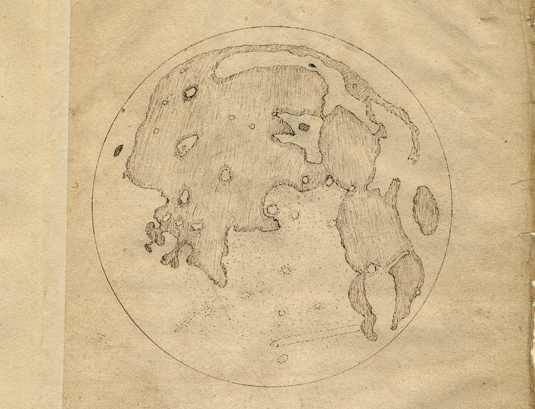A new editorial series in the Journal of Biology, Ockham’s Broom:
Although it is increasingly difficult to gauge what people can be expected to know, it is probably safe to assume that most readers are familiar with Ockham’s razor – roughly, the principle whereby gratuitous suppositions are shaved from the interpretation of facts – enunciated by a Franciscan monk, William of Ockham, in the fourteenth century. Ockham’s broom is a somewhat more recent conceit, attributable to Sydney Brenner, and embodies the principle whereby inconvenient facts are swept under the carpet in the interests of a clear interpretation of a messy reality.
…
To elaborate that point briefly – While Ockham’s razor clearly has an established important and honourable place in the philosophy and practice of science, there is, despite its somewhat pejorative connotations, an honourable place for the broom as well. Biology, as many have pointed out, is untidy and accidental, and it is arguably unlikely that all the facts can be accounted for early in the investigation of any given biological phenomenon. For example, if only Charles Darwin had swept under the carpet the variation he faithfully recorded in the ratios of inherited traits in his primulas, as Mendel did with his peas, we might be talking of Darwinian inheritance and not Mendelian (see [3]). Clearly, though, it takes some special sophistication, or intuition, to judge what to ignore.
Further commentary at Language Log.



